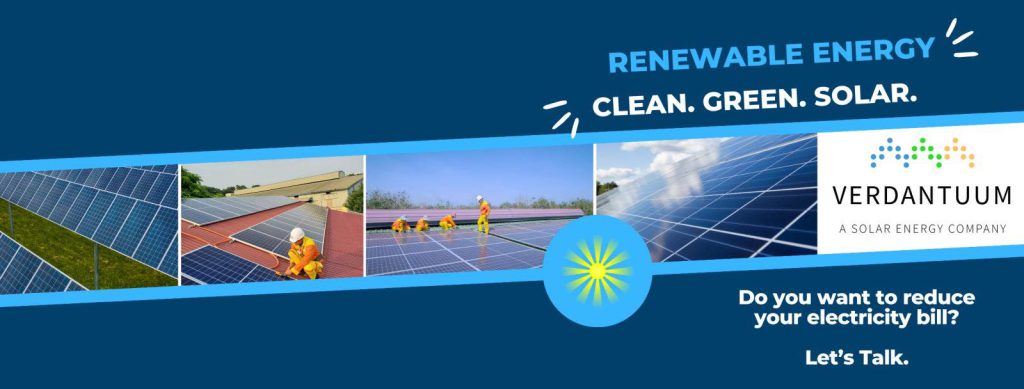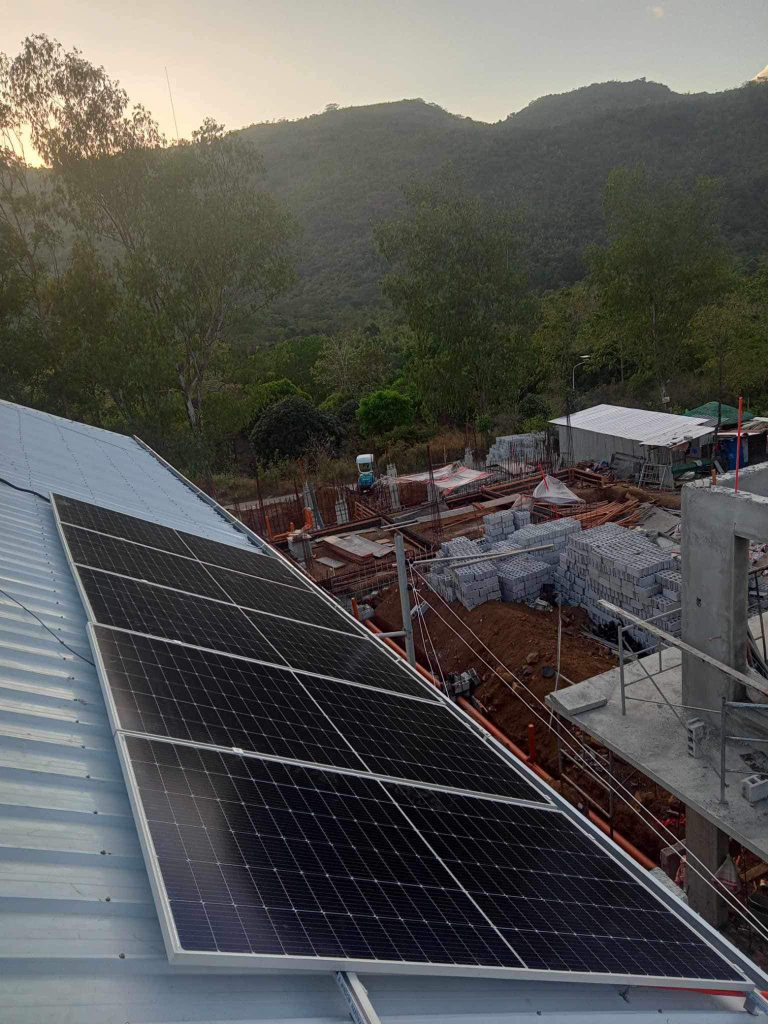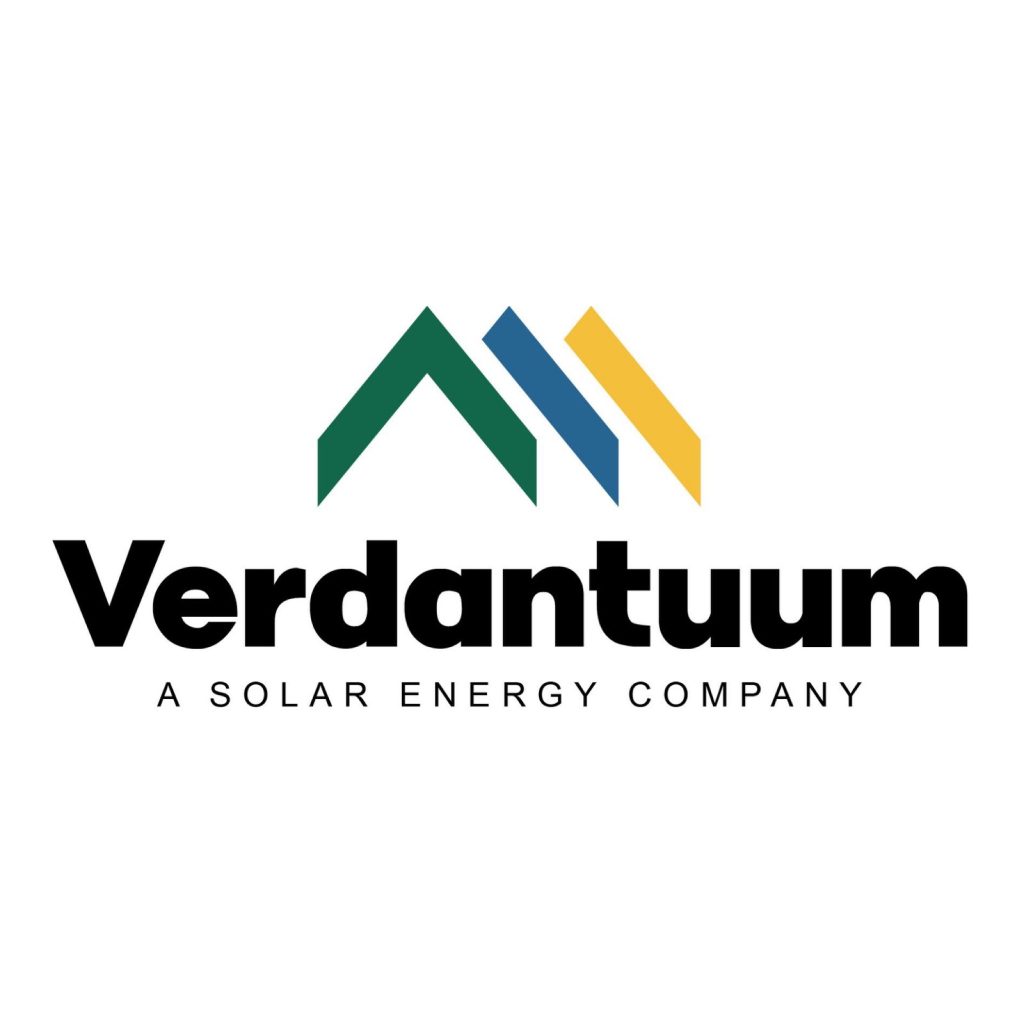
Argh our electric bill came again and man I am paying through the nose with this month’s bill!
There has to be a way to cut down on electric bills like asking my wife to tone down on her all-day aircon usage because she mostly stays in the room with it on full blast.
Or, I could try and figure this out by looking at alternative energy sources like putting up a solar power system.
It should be pretty easy, right?
I mean I could probably go ask my younger brother to help me with it since he is currently working on solar power projects anyway. The problem is he’s based in Manila and I’m her in Davao City.

So, I’ll have to figure this out by myself.
Sheesh.
I have got to work up the courage to tell my wife to ease up on the electricity usage…
Why Solar Power?
In an age of high electricity bills and unpredictable energy prices, turning to solar power as a practical way to save money, live sustainably, and gain energy independence.
We do live in a tropical country that has an abundance of sunlight. And in Davao, the sun is up most of the time.
It is hot here.
So I really can’t blame my wife for using the airconditioner on all day. But she could come out of the room every now and then and just stay in the living room where it is relatively cooler and just use the one of the many electric fans available like what Lyle and I are used to.
Anyway… back to the solar panel system…
How much power do you actually need to run a small house — one that has a refrigerator and an air conditioner on all day?
Man, I wish I had the help of an engineer or an electrician to figure this out… so, I might have to require a lot of YouTube how-to vids.
Since I really have nothing else on my mind… I’ll come back to this topic later. Maybe I need a little sleep because I just came from my shift as a Local SEO Specialist…
Understanding Your Energy Consumption
Okay, I’m back.
I’ve had a great 2 hour nap and I think I have it all figured out after watching, and falling asleep to the solar panel vids on YouTube. Yeah, all that technical stuff can get a bit boring.
Boring for me because I’m really not that technical.
But here’s what I learned.
Before setting up a solar panel system, you first need to know how much energy your house consumes daily.
That’s pretty basic.
I mean it’s easy to go overboard on spending for all the components of your solar panel system and if you don’t have a good budget, you could rack up a lot of unnecessary expenses and not save up.
Heck, you could even end up paying too much for too little savings in the end.
So, here’s a simplified estimate for a small home:
| Appliance | Power Rating (Watts) | Hours per Day | Energy (Watt-hours/Day) |
| Refrigerator | 150W (runs ~10 hours total per day) | 10 | 1,500 Wh |
| Air Conditioner (1 HP = 746W) | 746W (approx. 8 hours per day) | 8 | 5,968 Wh |
| Lights (10 bulbs @ 10W each) | 100W total | 5 | 500 Wh |
| TV + Router + Laptop | 150W | 5 | 750 Wh |
| Miscellaneous (fans, chargers, etc.) | 200W | 3 | 600 Wh |
Total Estimated Daily Energy: ~9,300 Wh or 9.3 kWh/day
To keep things safe, let’s round up to 10 kWh/day.
That’s how much your solar system should generate to run a small home comfortably with both refrigerator and air conditioner operating.
How a Solar System Helps You Save Money and Energy
A properly sized solar system doesn’t just generate free power — it changes how you consume energy:
Reduced Grid Dependence:
You can run most appliances without relying on your electric provider. This is the dream that I hope I will be able to implement on the farm and on the future beach house locations.
Time-of-Use Management:
You’ll naturally schedule high-power tasks (washing, ironing) during daytime when sunlight is abundant. This is something I learned through watching those YouTube videos for tiny homes and off-grid living.
Lower Monthly Bills:
Even with a hybrid setup (partial grid + solar), you can slash electricity costs by 60–90%. That can translate into a few thousand pesos savings monthly and yearly.
Battery Backup:
During power outages, your home stays lit, cold, and comfortable — no generator noise. And boy do I hate generator noise! I grew up in Tacloban City and it was a constant noise due to the regular power outages in that city.
How Much Solar Power Do You Really Need?
The amount of solar energy you can capture depends on your location’s average sunlight.
In the Philippines, for example, you get about 4 to 5 peak sun hours per day on average.
So, if you need 10 kWh/day, and each solar panel produces 400W at peak:

However, this is a theoretical maximum. Real systems lose about 20–25% efficiency due to inverter losses, wiring, shading, and battery inefficiencies.
Hey! I learned something while asleep! Hehehehe never underestimate the power of learning things while in REM state.
So to be safe:
You’ll need around 7–8 solar panels rated at 400W each, for a total of 3.2 kW solar capacity.

Components of a Complete Solar System
To build a standalone solar power system that can power your home (off-grid or hybrid), you’ll need the following:
| Component | Function | Example/Specs |
| Solar Panels | Capture sunlight and convert it into DC electricity | 8 × 400W panels = 3,200W |
| Charge Controller | Regulates voltage/current from panels to batteries | MPPT 60A or higher |
| Battery Bank | Stores energy for night use or cloudy days | Lithium (LiFePO₄) preferred, 48V 200Ah = 9.6 kWh |
| Inverter | Converts DC (battery) to AC (household use) | Pure sine wave, 3kW–5kW |
| Wiring & Breakers | Connects and protects your system | Proper gauge (10 AWG solar cables) |
| Mounting System | Holds the panels securely | Aluminum roof or ground mount |
| Monitoring System | Tracks energy generation and consumption | Optional but helpful |
There are some surplus shops or hardware shops along Agdao that sell solar panels and other components you would need to build your own off-grid solar power system. Check those stores out!
Step-by-Step Guide to Building Your Solar Power System
This is more of an instruction manual for me, so please consider that. Your situation may be different from mine.
Step 1: Plan Your Load
List all appliances and their wattage.
Estimate daily hours of usage.
Calculate total kWh/day (like the table above).
Step 2: Size the Solar Panels
Divide your daily energy need (10 kWh) by your local sunlight hours (5h).
Add 25% extra capacity to compensate for system losses.
Result: 8 panels (400W each).
Step 3: Choose Your Battery Bank
You’ll need enough storage to last overnight or for cloudy days.
Daily energy: 10 kWh → choose a 48V 200Ah battery bank = 9.6 kWh capacity.
For 1-day autonomy, 2 × 48V 200Ah would give more reliability (≈19.2 kWh).
Step 4: Select an Inverter
Should match or exceed your peak load.
Refrigerator (150W) + aircon (750W) + lights + other appliances = 1.5–2 kW average.
Choose a 5 kW pure sine wave inverter to handle surges from compressors.
Step 5: Wire and Connect Everything
(Safety first! Use circuit breakers and proper wire gauges.)
Wiring sequence:
Solar panels → Charge controller
Charge controller → Battery bank
Battery bank → Inverter
Inverter → Home distribution box
Use MC4 connectors, fuses, and isolators between each component.
Make sure all components share a common ground for safety.
Step 6: Mount and Position the Panels
Mount panels facing south (if in the northern hemisphere, or north if in the southern).
Tilt angle: equal to your local latitude (e.g., 14°–15° in the Philippines).
Avoid shade during 9 AM–4 PM.
Step 7: Test the System
Verify voltage readings from the charge controller.
Check inverter output (should be stable 220V AC).
Turn on a few appliances and monitor energy flow.
Observe performance for a week before fully relying on it.
Cost Estimate and ROI
| Component | Quantity | Estimated Cost (PHP) |
| 400W Solar Panels | 8 | ₱8,000 × 8 = ₱64,000 |
| MPPT Charge Controller 60A | 1 | ₱8,000 |
| LiFePO₄ Battery 48V 200Ah | 1–2 | ₱80,000–₱160,000 |
| Pure Sine Wave Inverter 5kW | 1 | ₱25,000 |
| Cables, Breakers, Mounts | — | ₱10,000–₱15,000 |
| Total Estimate | — | ₱187,000–₱272,000 |
Return on Investment:
If your monthly bill is ₱6,000–₱8,000, your solar system can pay for itself in 3–4 years — and last over 15–20 years with minimal maintenance.
Maintenance and Long-Term Efficiency
And now for one of the things you might not like doing but you will have to do for the benefits of having your own solar power system…
Clean panels monthly to remove dust and bird droppings.
Check connections annually for corrosion or loose wires.
Update firmware if your inverter or controller supports it.
Keep batteries ventilated and away from heat sources.
With care, you can maintain over 80% efficiency after 10 years, and possibly generate free electricity for two decades.
Since this is going to be a long-standing installation, I’ll have to teach Lyle this early how to do maintenance work because if and when my back finally gives out, he’ll be old enough to perform these duties himself.
Reminder to Self… Call Earl for Solar Panel Consultation
Solar power isn’t just a trend — it’s the future of sustainable living.
By investing in a properly sized solar system, you’ll not only save on bills but also build an energy setup that’s reliable, silent, and clean. Whether you live in a small house or a rural property, the sun is free — all you need is the right system to capture its power.
If you start today, you can be running your home on sunlight by the next billing cycle — quietly, efficiently, and completely under your control. I might have to run these things through my brother to see what he thinks about this. Oh and if you’re curious, he is the one responsible for the marketing of Verdantuum.


